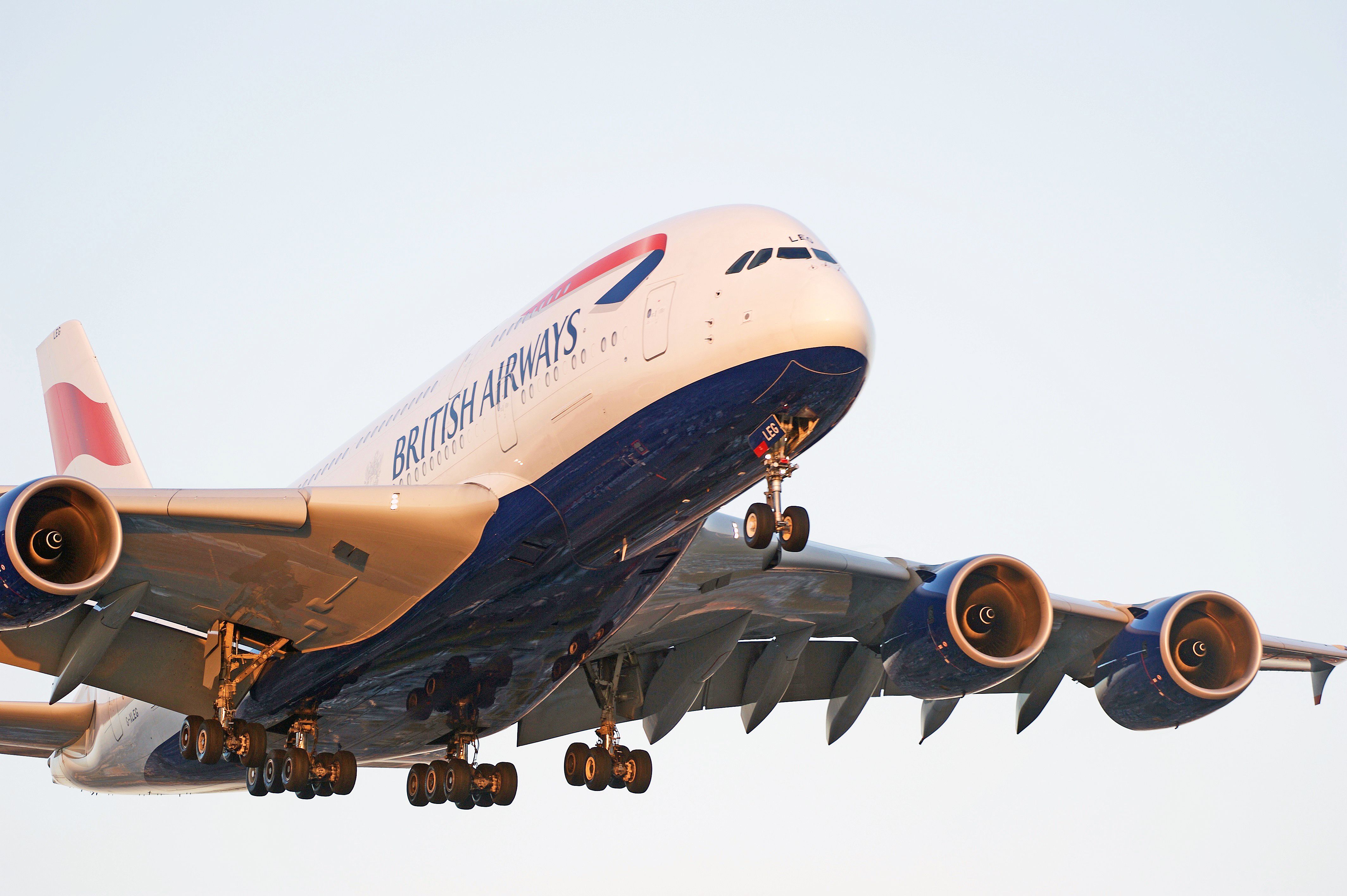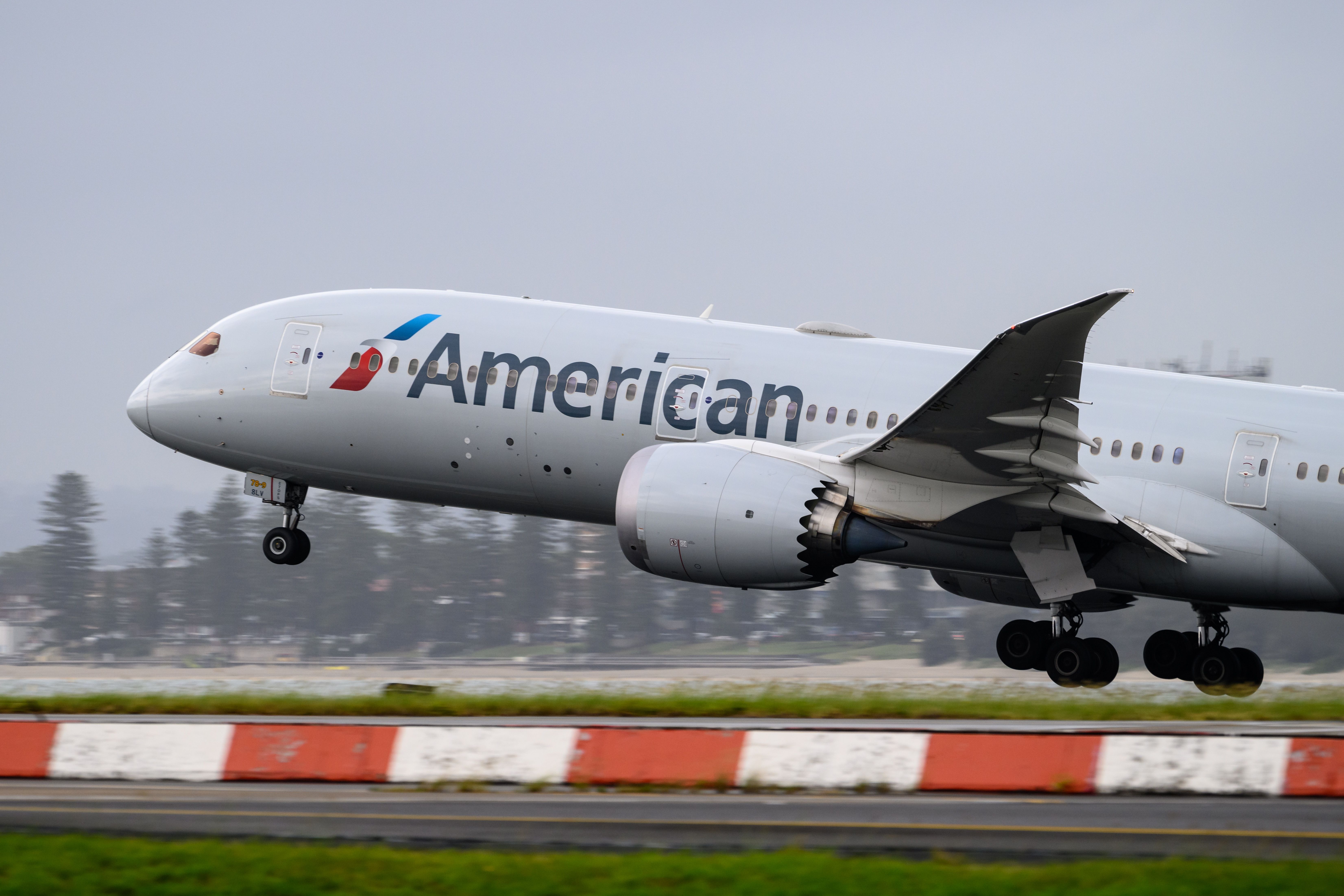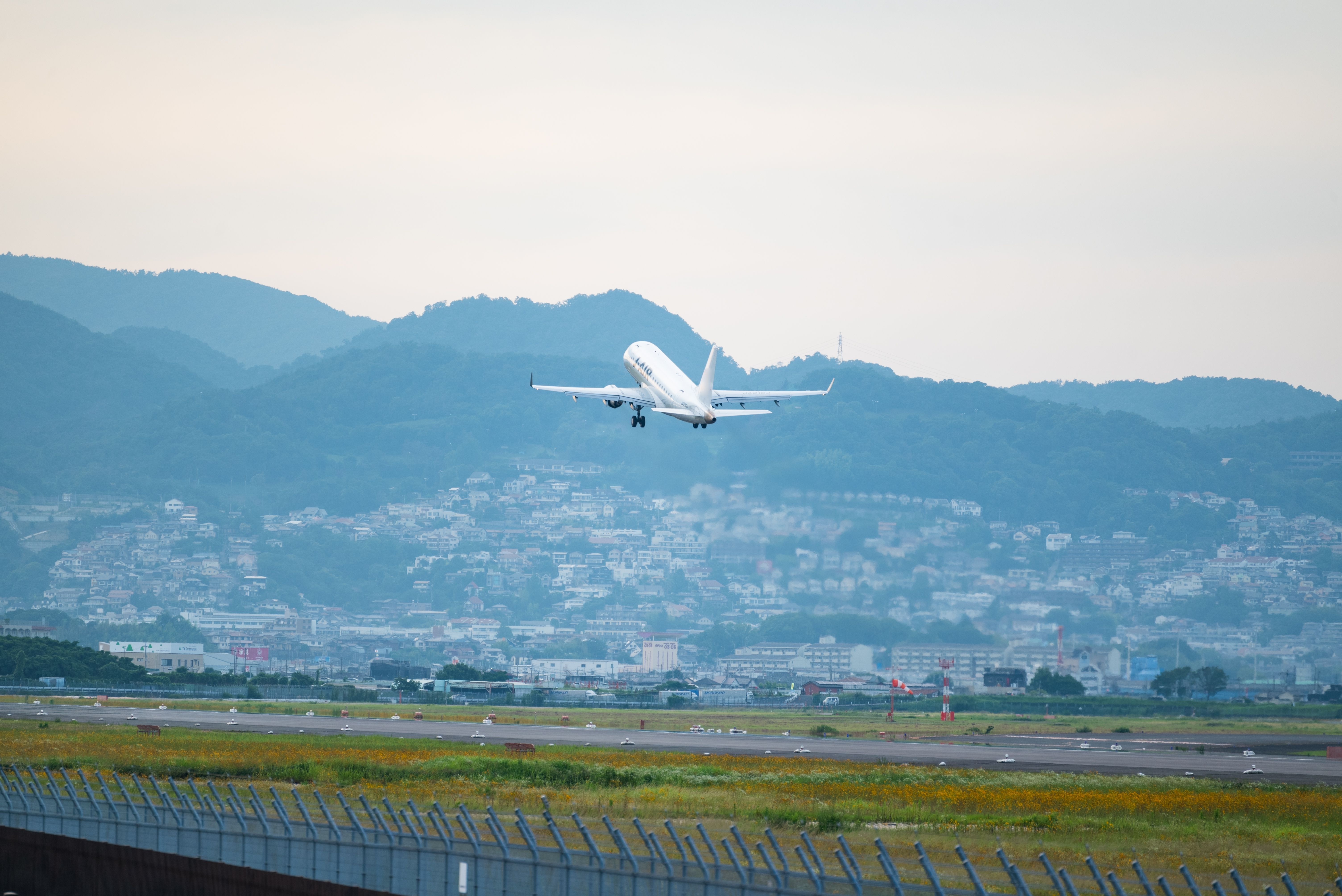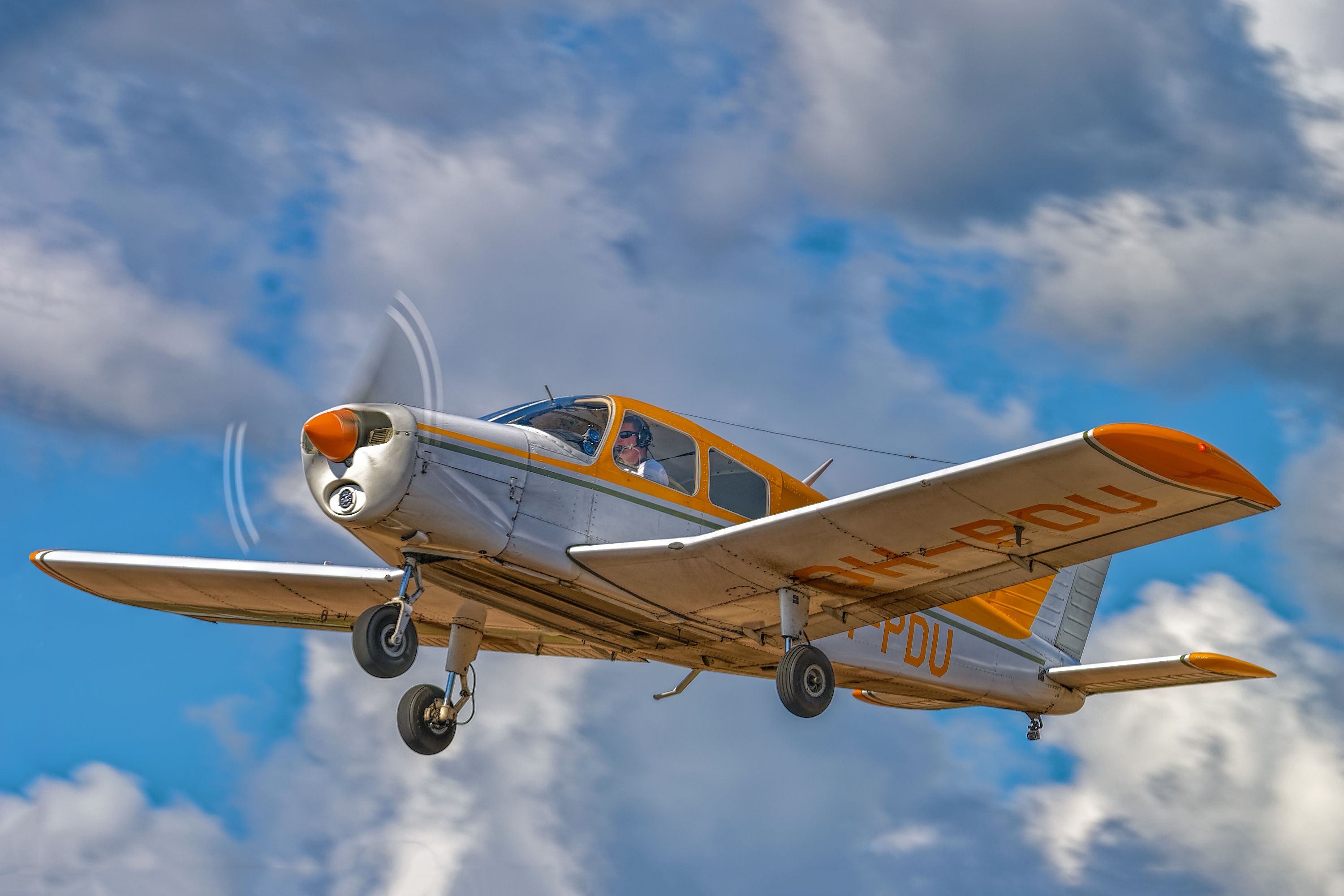Summary
- Noise pollution at airports is a major concern for local communities, and efforts are made to reduce its impact on people's health and quality of life.
- Measuring noise pollution involves using different metrics like LAeq, Lden, and SEL, each with its own advantages and limitations.
- Noise contour maps are used to identify areas with significant noise pollution, inform policy decisions, and guide airport development and noise mitigation plans.
Especially for major airports that are immediately surrounded by local communities, noise pollution is often a major concern. Although some of us may enjoy the sound of jet engines roaring in the skies above, many understandably find the noise rather intrusive. For this reason, localities and aviation authorities around the world seek to implement noise reduction measures at airports in order to minimize their disturbance of local neighborhoods and businesses.
Even so, noise pollution is unique from other forms of emissions in that it depends less on the physical characteristics of sound as on human reactions to it. As such, there is no unified set of international or national limits for noise pollution; rather, the concern revolves around its localized impact on people's health and quality of life, which can make its measurement and regulation a less-than-consistent activity.
How noise pollution is measured
The loudness of sound is typically quantified in decibels (dB). Near total silence would be represented by 0dB, while a normal conversation is around 60dB. A heavy truck passing by about 15 meters away would be about 80dB, and a jet aircraft taking off 300 meters away comes out to around 100dB. Anything over about 90dB generally is capable of disturbing sleep.
LAeq metric
Measuring noise is not just about isolated dB levels, though. Different types of noise require different metrics. Continuous noise is often assessed using LAeq, which represents the average sound level over a specified period. This is often done by counting the number of aircraft passing over a designated area within a 16-hour day and recording the noise of each plane in decibels. The daily noise levels are averaged to create an annual average.
Critiques of the LAeq metric include its inclusion of periods without aircraft noise. It also tends to overemphasize noise created by individual aircraft which, overall, has decreased over the years, while generally ignoring the fact that the number of flights – and the occurrence of noise – has increased.
Despite these criticisms, many noise experts argue that the LAeq metric is generally reliable for measuring aircraft noise pollution.
Lden metric
Another metric is the Lden metric. Lden calculates noise averages across an 8-hour day, a 4-hour evening, and an 8-hour night, with additional decibel adjustments for evening and night periods due to lower background noise. Both the World Health Organization (WHO) and the European Commission prefer Lden over LAeq as it's considered more meaningful. Lnight, used by WHO, focuses only on night-time noise averages.
Get the latest aviation news straight to your inbox: Sign up for our newsletters today.
‘N’ Metric
The ‘N’ metric quantifies the count of aircraft passing above a residence that exceed a specified decibel threshold. For instance, N80 indicates the quantity of planes producing noise above 80 decibels that traverse over a specific location within a certain timeframe.
Sound Exposure Level
SEL, denoting Sound Exposure Level, pertains to the sound exposure level of an aircraft occurrence, quantified in dB through a one-second continuous noise burst. SEL is frequently utilized to determine the potential for sleep disruption, as studies indicate that singular event metrics provide a more accurate forecast of sleep disturbance compared to extended average noise metrics.
Noise contour maps also play a crucial role in noise management. In the UK, for instance, these maps are produced annually based on measurements taken during specific periods. They help identify areas where noise pollution is significant, inform policy decisions, and guide airport development and noise mitigation plans. The UK's Civil Aviation Authority (CAA) uses the ANCON model to generate noise contours for major airports, considering aircraft movement, noise generation, and sound propagation data. ANCON supports both historical analysis and future predictions for noise exposure.
Not all noise is created equally, and as can be seen by the different sorts of sound metrics and mapping techniques available, snapshots of bursts of noises and averages of noises over time can paint very different pictures of localized noise pollution. Ultimately, how noise pollution impacts a community near an airport and how they choose to implement noise abatement measures is up to that community’s interpretation, to a certain extent.
For instance, would a community near an airport with only a few flights per day taken by heavy cargo jets have more or less noise pollution than an airport with frequent flights conducted all day long by small, single-engine aircraft?
What metrics best represent noise pollution in your view? Let us know in the comments below.
Sources: UK Civil Aviation Authority, UECNA




